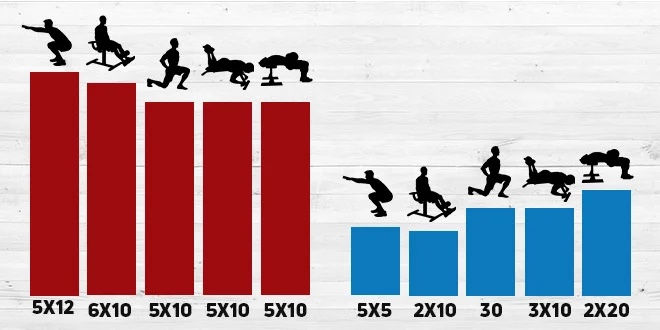
Heavy Duty Training versus volume training
- Kent Nestler

- Jun 27, 2022
- 2 min read

I saw an article by Layne Norton that I thought was interesting and I will quickly talk about.
I will give more detail on the findings and my own experience.
When I was younger I used to follow the style of training championed by Dorian Yates.
Dorian Yates was a 6 time Mr Olympia and used a system of training similar to Mike Mentzer called Heavy Duty. The basis of which was one set taken to failure.
I spent many years on this type of system and it works well for the most part. It can be tough on your joints and the neural system. The stress definitely means that you need a good recovery.
As Dorian demonstrated with his progress is that it works very well but can lead to injuries as the training style calls for continually trying to progress load wise and the soft tissue sometimes ends up being damaged.
As I have aged I find this system is not as good for my joints and as a result I find volume training with sets taken short of failure but with more volume of sets can be better.
This method can then be adjusted for periods of increased load and periods of decreased load. Instead of one set taken to failure it can be three sets that are rep or more short of failure.
This can also be interspersed with periods of less sets and taking sets to failure. High volume lower RPE or rate of perceived exertion and then periods of lower volume and greater perceived exertion and more rest days.
The closer we approach both high RPE and absolute intensity (load approaching 1RM) the more muscular stress, neural stress and the more recovery is needed. It will definitely lead to more Delayed onset muscle soreness.
The other difference is that in a workout you look at overall workload more than just what weight you lift for your 6 to 8rep max.
You also take out the techniques that take sets beyond failure such as forced reps, drop sets, negatives and partial reps.
If longevity is important then you cannot train at your maximum for long periods of time. Being at peak strength and intensity every workout is also very mentally taxing and cannot last forever.
Most will not last for long periods training to true failure and beyond. It’s tough and for most not enjoyable.
Using a variable volume and load approach will give you continuous results and may be better in the long term.
I still think periods of a month maybe of sets taken to failure and beyond failure can also be used but then they must be worked in with volume and ending sets short of failure.



Comments